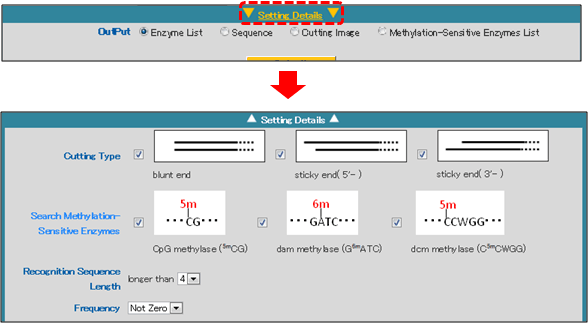
pallidum IgG and no further testing was performed. The following day, the result returns as negative for T. The provider, suspicious for syphilis, ordered syphilis testing using the reverse screening algorithm. Aside from the lesion, the patient was asymptomatic and did not have any constitutional symptoms. Upon questioning, the patient indicated that she recently started a new relationship. Each case includes recommended laboratory testing, appropriate clinical interpretation, and follow-up.Ĭase 1 > A 32-year-old female presented to her primary care physician with a painless genital lesion that had developed 2 days prior. The following four cases deal with these questions, covering different syphilis serology result profiles. In this situation, providers are often left to ask, “Does my patient have syphilis?” and “Given these results, what do I do next?”

However, reverse screening has generated a significant amount of confusion, particularly when treponemal assay and RPR results are discordant. Furthermore, recent studies have demonstrated that reverse sequence screening may detect more cases of early or latent syphilis compared to the traditional screening algorithm (5). Reverse screening offers a number of advantages, including automated screening on a high-throughput testing platform, and an objective and specific screening assay. Under a reverse sequence screening algorithm, samples that are positive by the screening test but negative by RPR should then be tested by a second treponemal assay for confirmation (Figure 2) (1). Now, growing numbers of clinical laboratories have adopted a reverse sequence screening algorithm that begins with a treponemal assay, such as EIA or MFI, and tests screen-positive samples by RPR.
#NET SENSITIVITY OF SEQUENTIAL TESTING MANUAL#
Furthermore, tests such as RPR require manual processing-a significant limitation for clinical laboratories testing a high volume of samples. Despite these advantages, non-treponemal tests are subjective and non-specific, and may result in false-positive results, especially in areas with a low prevalence for the disease. This algorithm is currently recommended by CDC (1) due in part to the fact that non-treponemal tests are inexpensive (2), relatively easy to perform, show good correlation with disease status (3, 4), and may be used to follow a patient’s response to therapy. Traditionally, laboratories have screened serum samples using a non-treponemal test and only used a treponemal assay to confirm screen-positive samples (Figure 1). pallidum, and include fluorescent treponemal antibody absorption (FTA-ABS), Treponema pallidum particle agglutination (TP-PA), enzyme immunoassay (EIA), and multiplex flow immunoassay (MFI). In contrast, treponemal assays detect specific IgG- and/or IgM-class antibodies directed against T. pallidum, are present in most patients with syphilis. Non-treponemal assays, such as rapid plasma reagin (RPR) and Venereal Disease Research Laboratory (VDRL) assays, detect the reactivity of antibodies in serum or cerebrospinal fluid (CSF) against cardiolipin-cholesterol-lecithin antigens, which, though not specific to T. Serologic tests fall into two categories based on the type of antibodies detected. Although laboratory methods such as dark field microscopy and real-time PCR have been used in the past, serology represents the most common diagnostic approach in cases of syphilis. The clinical manifestations of syphilis are often non-specific and may be progressive if the disease is not diagnosed and treated appropriately.

Syphilis is a chronic, sexually transmitted disease caused by the spirochete, Treponema pallidum. This article reviews current syphilis assays and, using four case studies, explains how laboratories can implement the new algorithm and advise clinicians.
#NET SENSITIVITY OF SEQUENTIAL TESTING HOW TO#
However, many providers are still confused about how to interpret test results and what follow-up testing, if any, is required. Many clinical laboratories are breaking from the current syphilis screening algorithm recommended by the Centers for Disease Control and Prevention (CDC) in order to use more specific, automated assays.


 0 kommentar(er)
0 kommentar(er)
